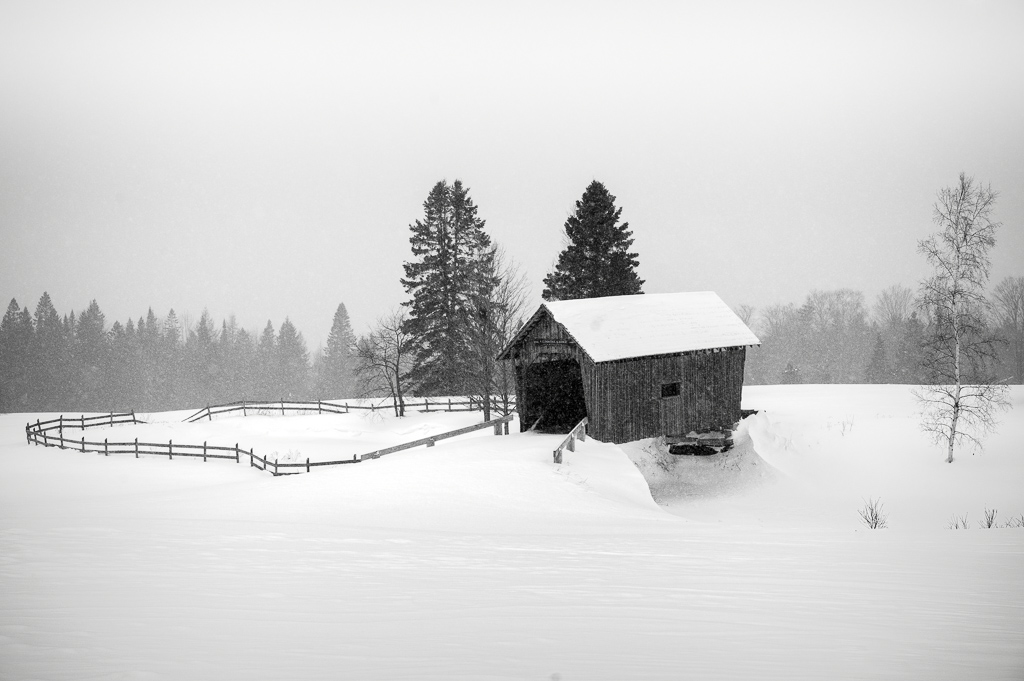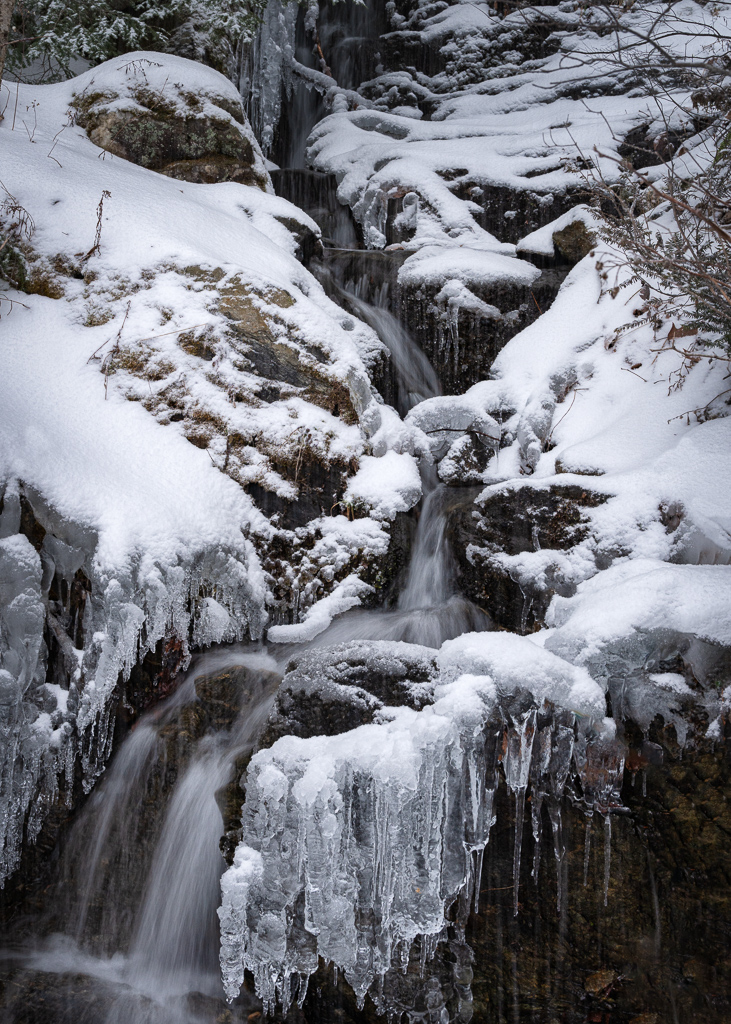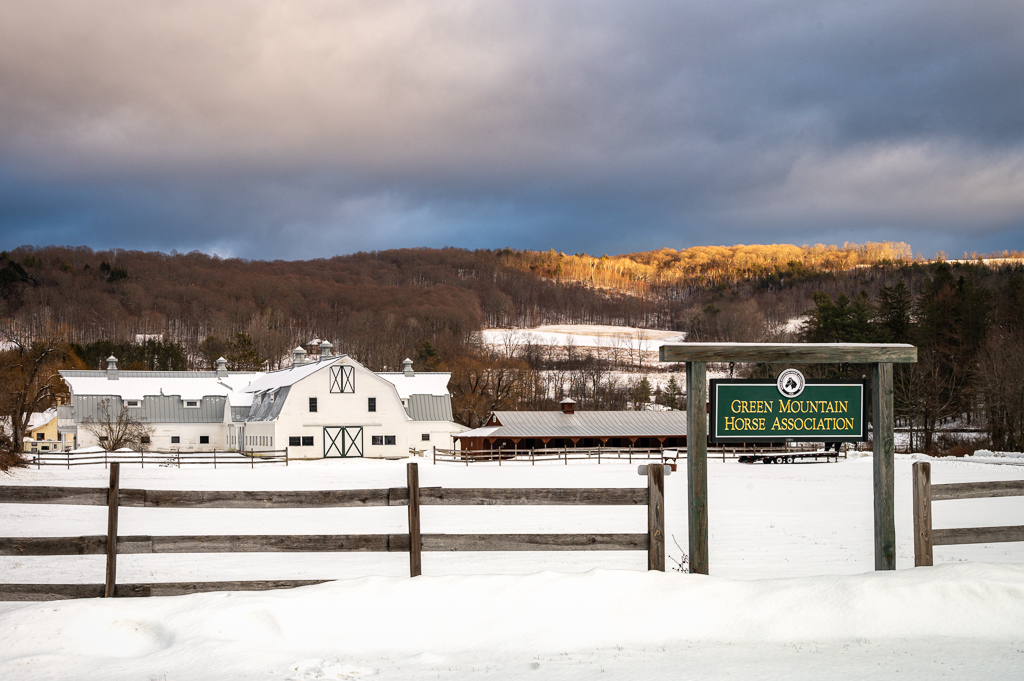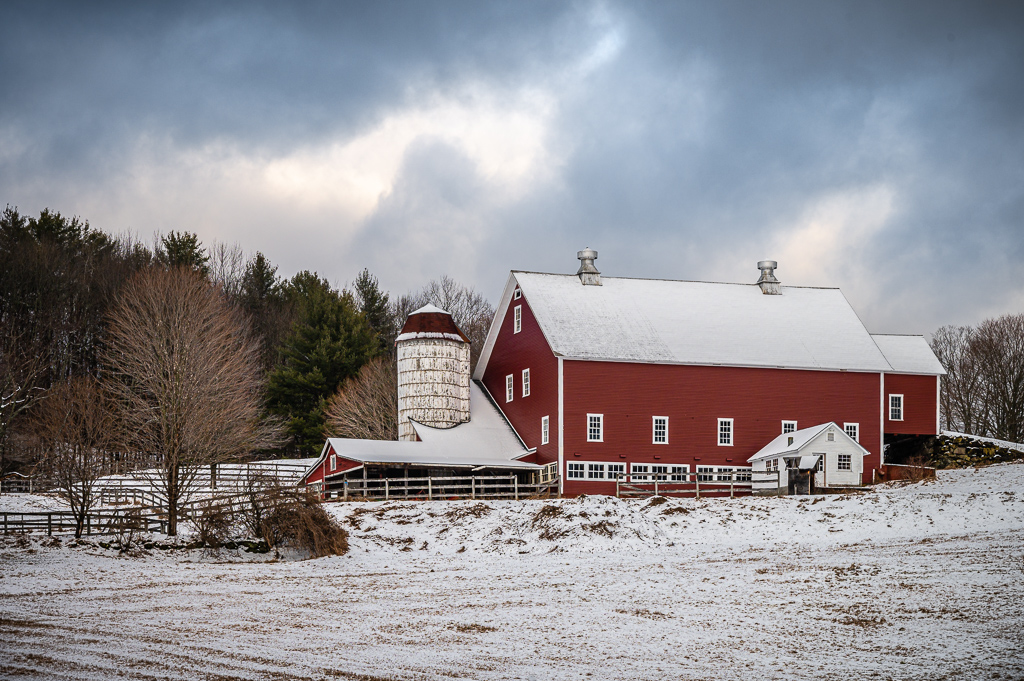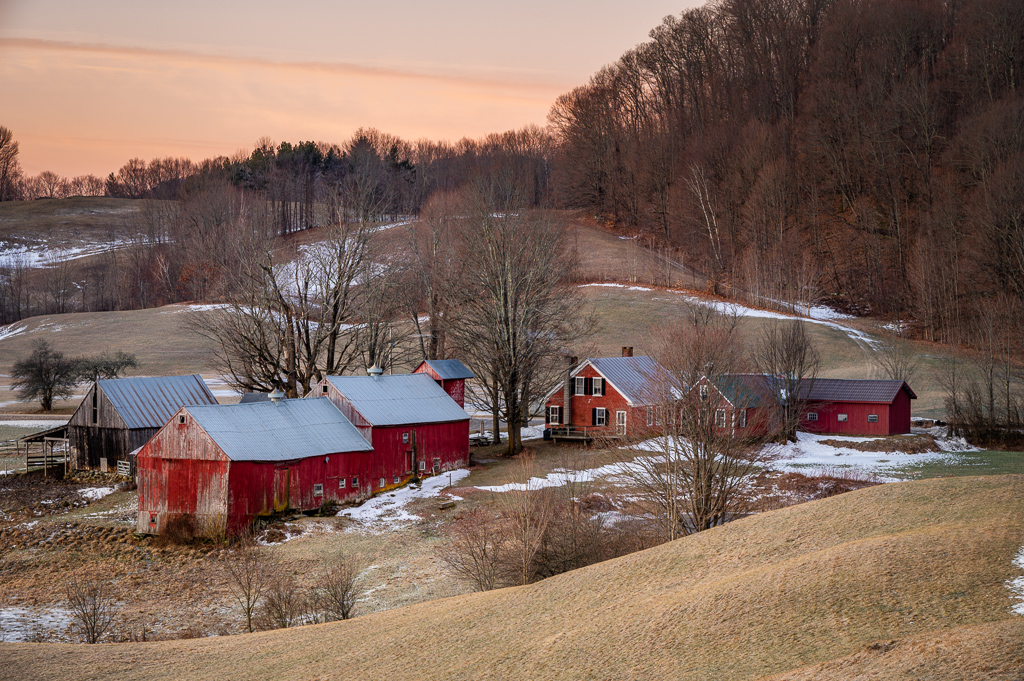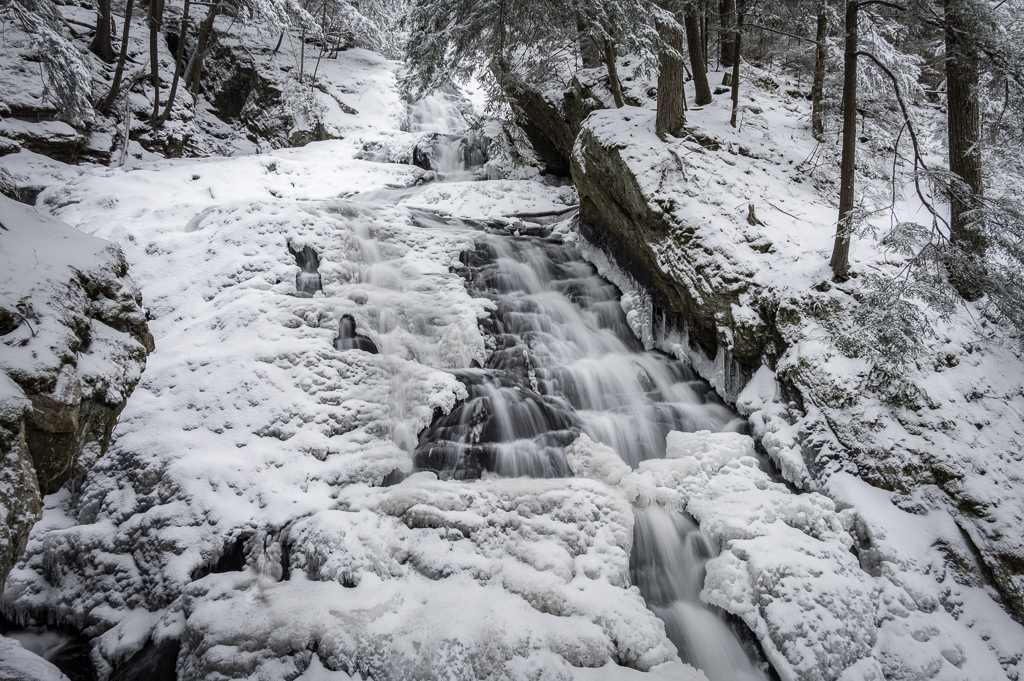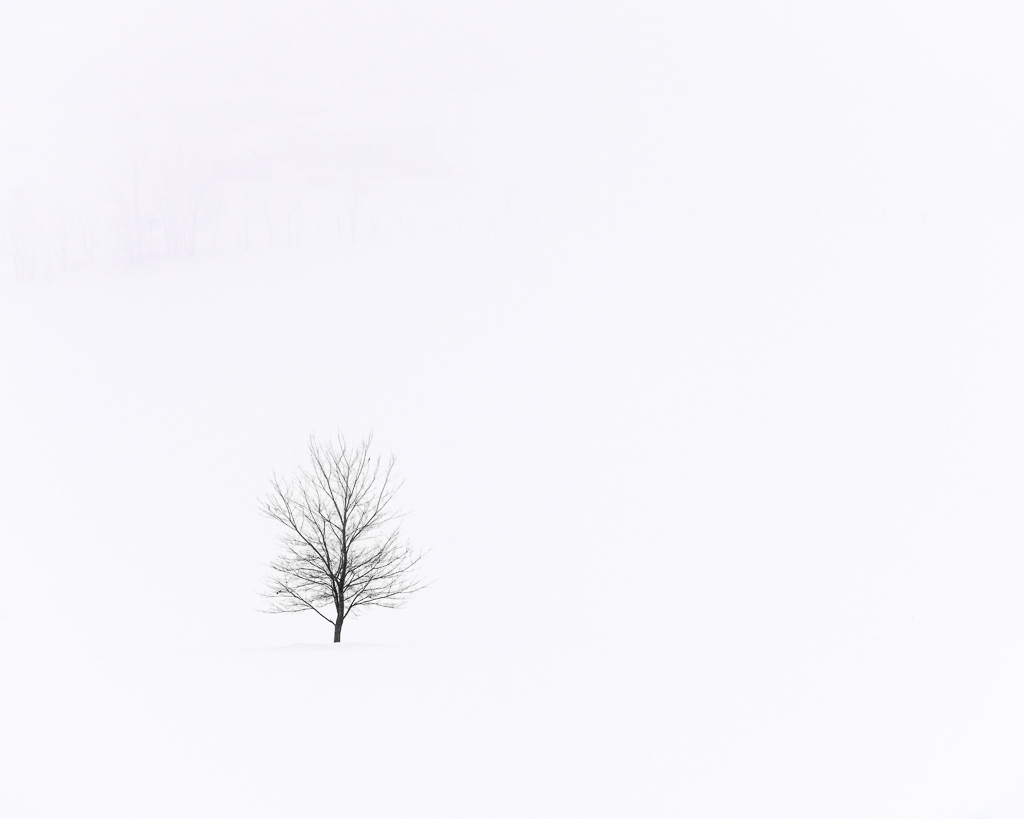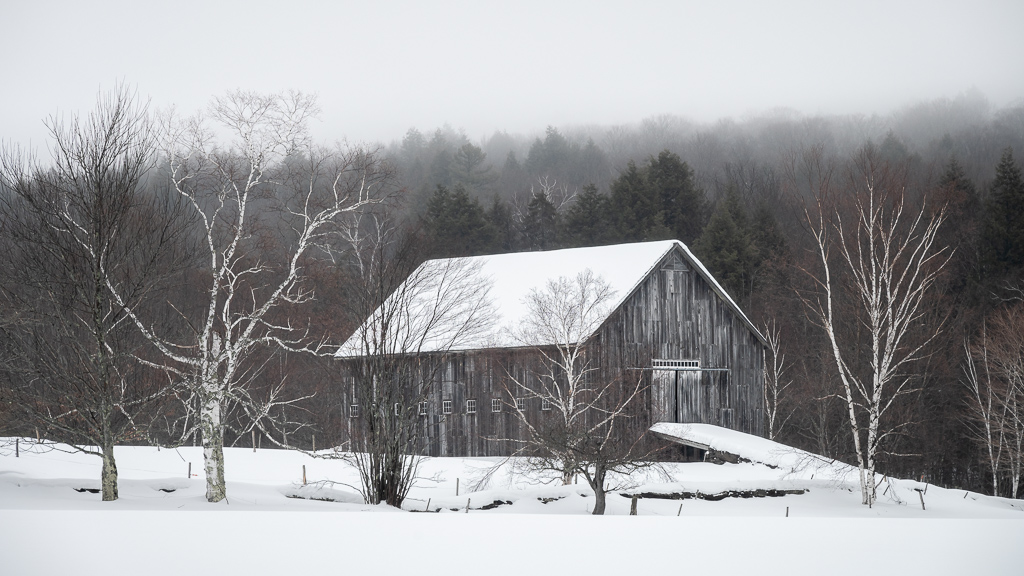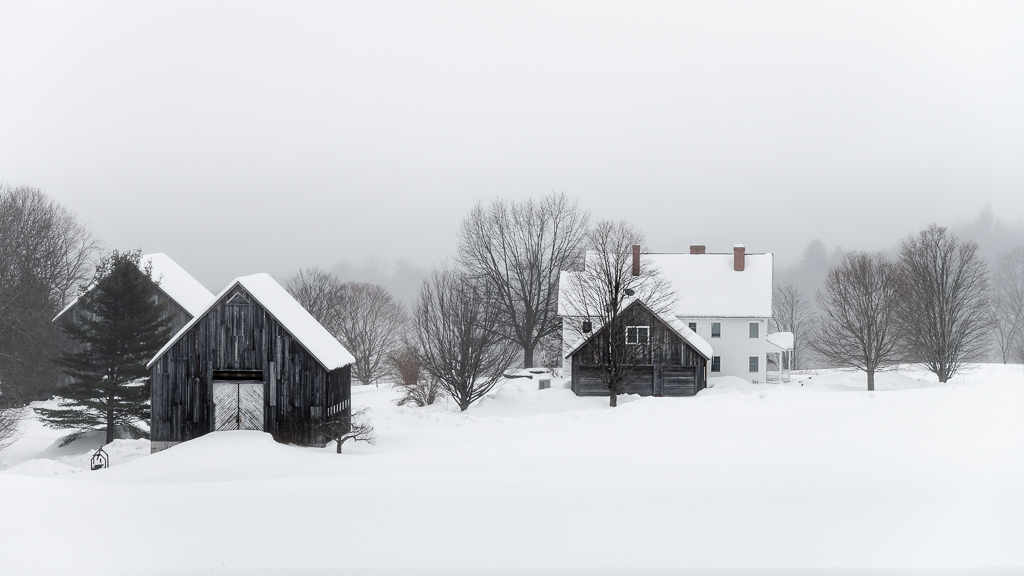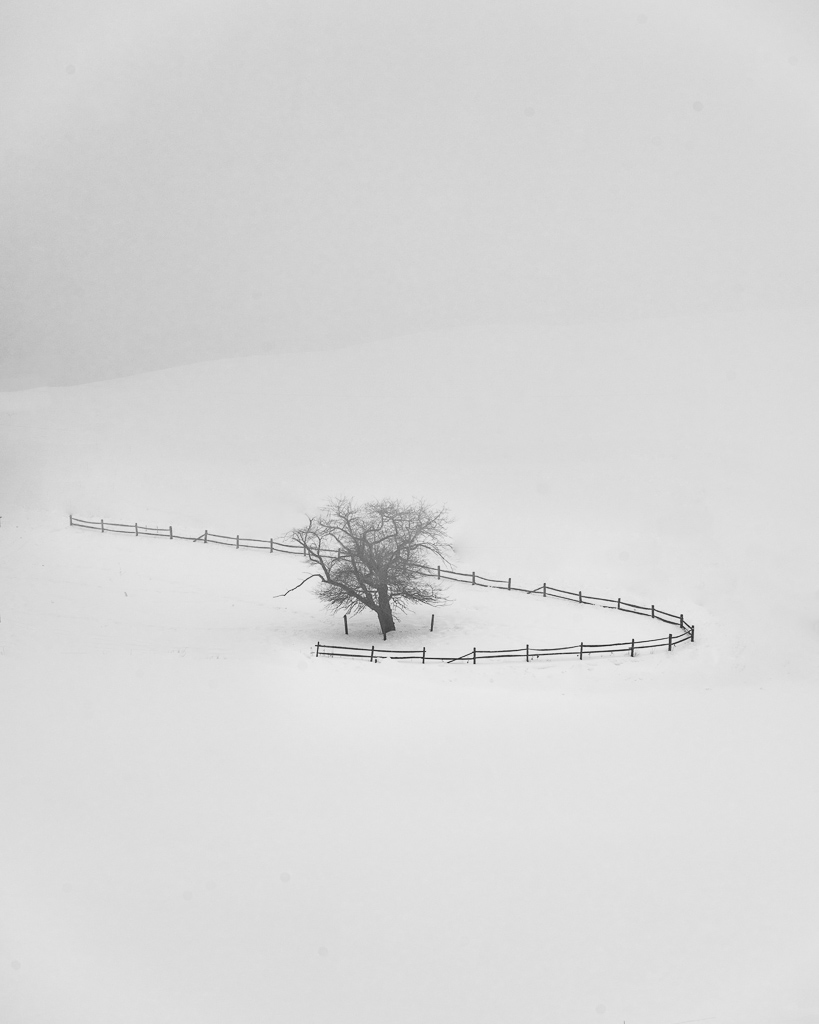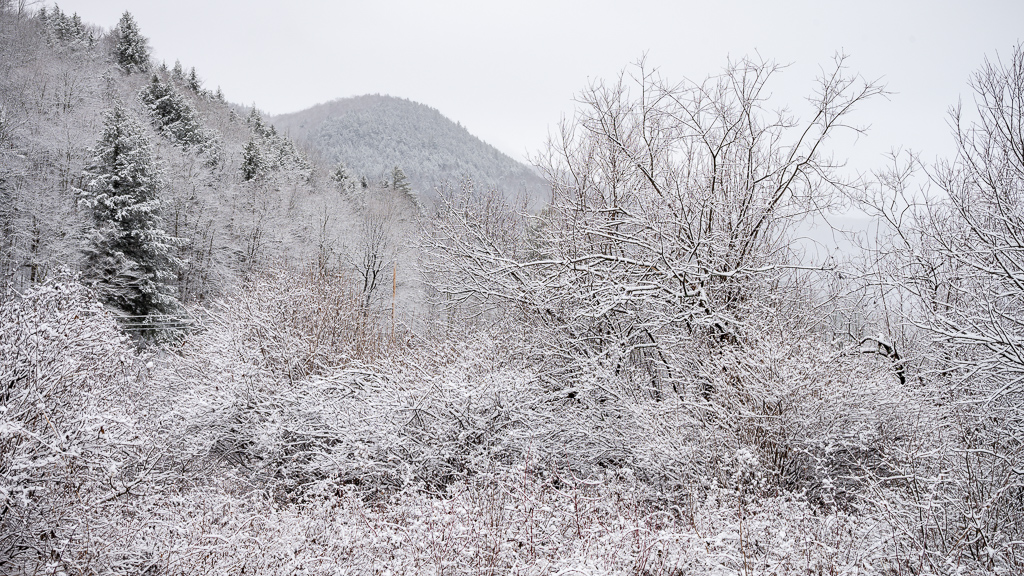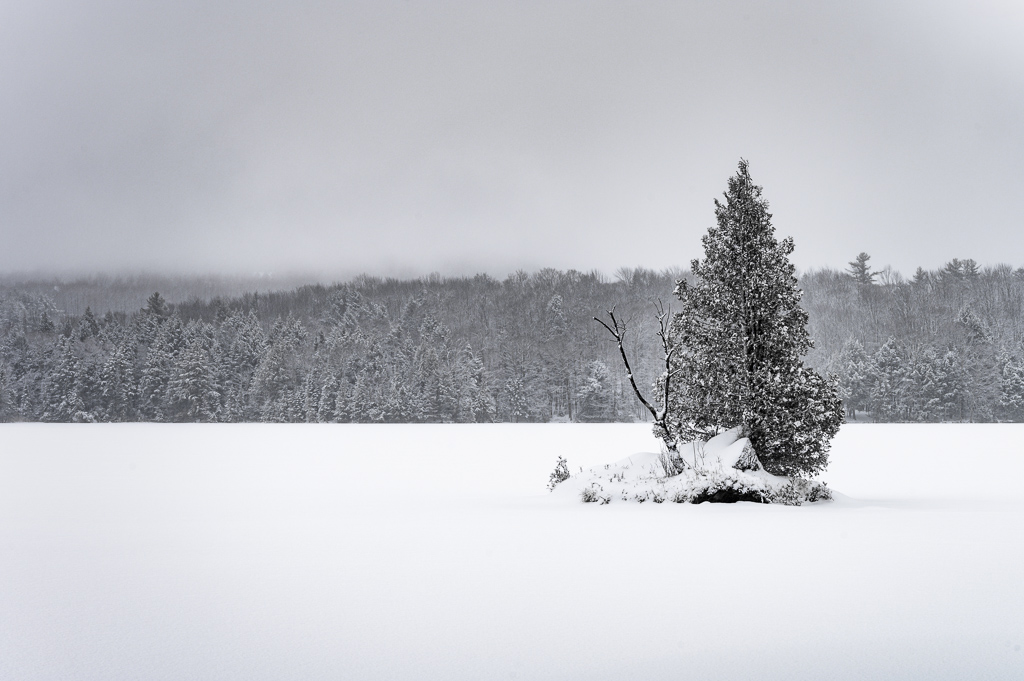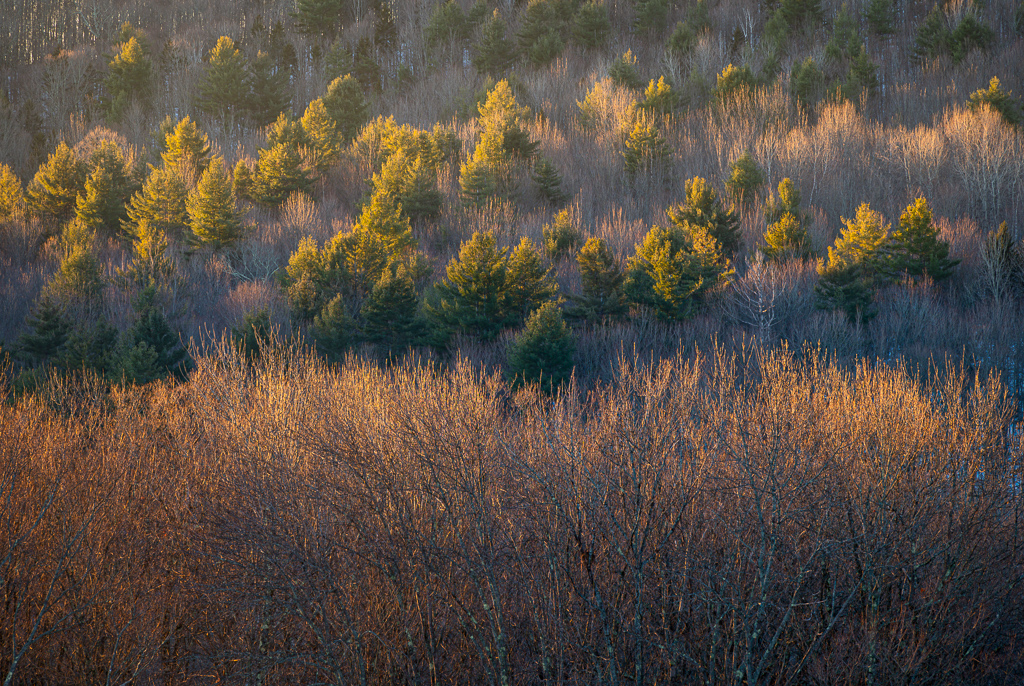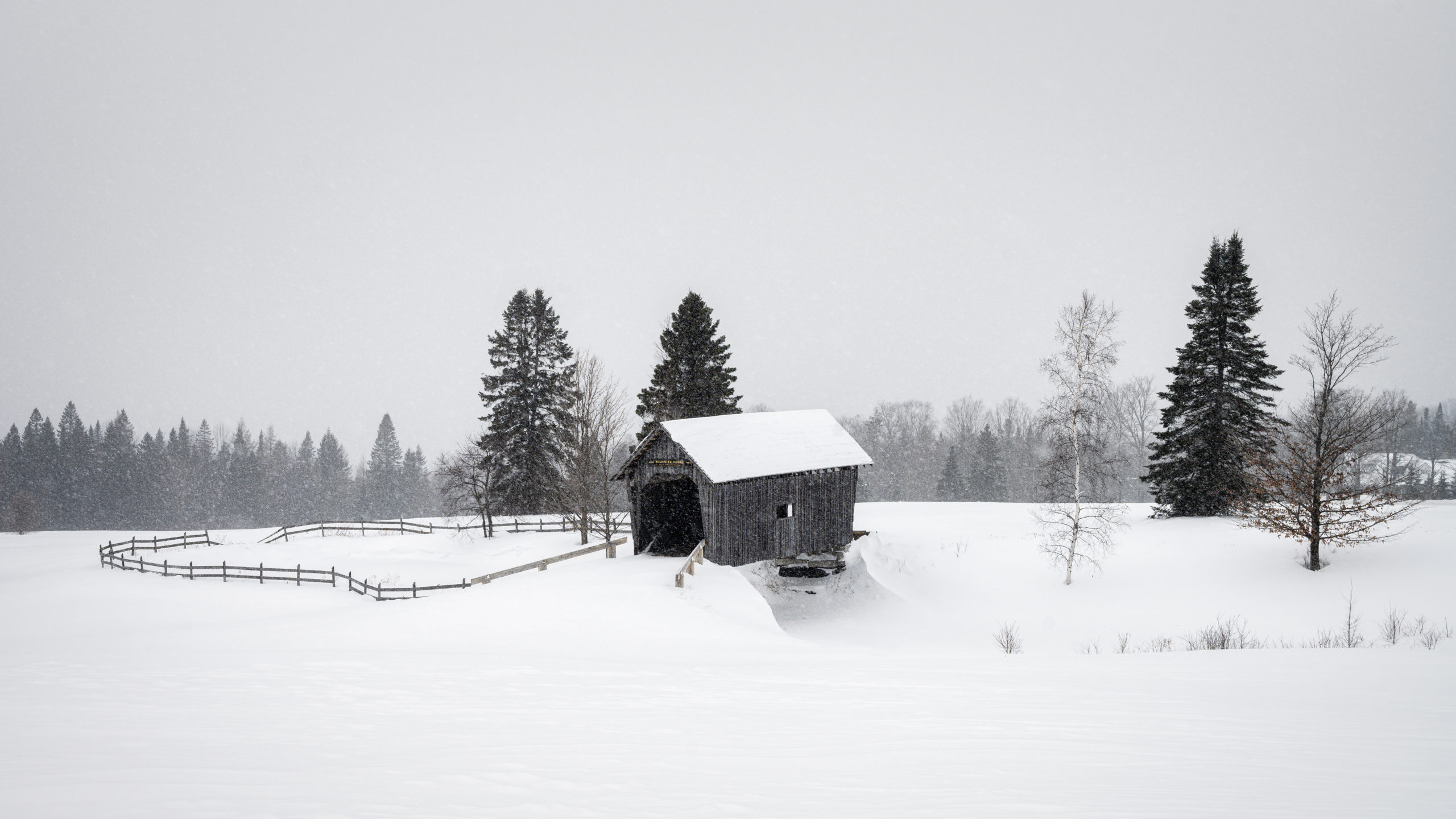It appears that mirrorless cameras are the future. Their compact size and weight are popular, and they offer impressive image quality. While I have been a dedicated Nikon DSLR user, I have been using Fujifilm X series mirrorless cameras since 2014. In 2018 I was glad to see that Nikon would seriously enter the mirrorless market space. Late that year, Nikon introduced the Z6 and Z7 mirrorless camera bodies. These cameras offered a new lens mount, a first for Nikon since the 1950’s F mount. The new mount allows Nikon engineers to make high-quality lenses smaller and lighter. Nikon actually had introduced a mirrorless line years ago named the One System. It was lacking in all areas and was never taken seriously; the Z system would be different.
The Z6 and Z7 were released to mixed reviews by the critics and YouTube pundit world. Their loudest comments revolved around the lack of a second memory card slot and a poor-performing autofocus system. I continued to pay attention to these cameras since they offered a lot of what I wanted. As you can see from this website, quick autofocusing is not all that important to my style of picture taking, and one memory card slot is not a deal-breaker. Some reviews mentioned that the Z6 lacked dynamic range – that is important to me, but in the end, it did not stop me from making my first Nikon mirrorless purchase.
In early 2019 I sold one of my Nikon DSLRs and purchased the Nikon Z6 mirrorless camera. The Z6 offered a 24 MP sensor and was the smaller brother to the Z7’s 45 MP sensor. The deal I purchased contained the FTZ adapter, which allows me to use all my existing F mount lenses on the new Z mount. I also purchased the new 14 -30mm F4 Z mount lens. I am a still dedicated Nikon DSLR user and will never part with my D850, but I am enjoying my new Z6 body. I find the image quality excellent, and the size, weight, and ergonomics very friendly. I liked it so much that I placed an order two months ago for the recently released Z7 II camera body. Nikon announced the upgraded Mark II version of these cameras, addressing some of the critic’s concerns. Hopefully, I will take delivery of that camera soon. Since purchasing the Z6 and 14 -30mm Z lens, I have added the new 24 -70mm 2.8 S lens, and the topic of this post the new 24 -200mm Z lens.
My experience with the 14 -30mm and 24 -70mm Z lens was very positive, so I was looking forward to the release of the 24 -200mm lens. I could see many uses for this lens, such as travel, winter landscapes (the large focal range would minimize lens changes). It looked like a great all-around, one-lens option. It did have some downsides. It was not an S series lens which is Nikon’s best quality lenses for the Z cameras. It is not a particularly fast lens with a minimum variable aperture of F4 – 6.3. The lens reaches the slow minimum aperture relatively quickly as you zoom, reaching F6.3 by 70mm. As a landscape photographer, the slow aperture was not much of a concern. I spend most of my photographic time at F11. It is a compact lens, offering all this reach in a small size. It really is a great all-around, always on the camera lens. When I set my camera into DX sensor mode, it gives a reach of 300mm; however, It’s no longer 24 MP, but it’s nice to have that option.
I have found the lens to be very sharp. The in-lens vibration reduction (VR) offers five stops of protection, even more, when used with the Z camera in-camera VR. If you do a good amount of focus stacking work, you will like that this lens has minimal focus breathing. It constructed with Nikon Extra-low dispersion glass (ED) and a stepping motor to quiet autofocus, especially important for video. There is a click-less control ring that gives control to most used camera functions quickly. The filter thread is 67mm, so you won’t have to spend a fortune on filters. The feature I like the most is its price, which is $899.95. Compared to the other Z lens cost and all the uses for this lens, that is a very attractive price.
If you use this focal length and don’t compare it to its $2,500 cousins like the new 70 -200mm F2.8, you will find this lens an excellent value, especially for landscape photography.
